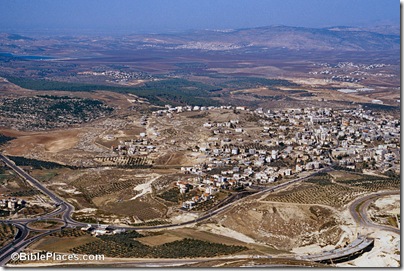The Scotsman has an interesting preview of an upcoming lecture by Colin Renfrew. The article is entitled, “Cemetery Looting Robs Archaeologists of DNA Link to Past,” but I think the more interesting discussion is about other subjects. For instance:
A greater puzzle is why, after Homo sapiens dispersed from Africa about 60,000 years ago, pockets of human culture developed in different ways at different rates. Urban civilisations developed independently in six or seven locations, thousands of years apart, with no contact between the different groups, from Sumerian culture in 4,000BC, to West African in AD1,000.
“It’s one of the great unanswered problems of the human story,” Lord Renfrew says. “Why did societies working independently in different parts of the world come up with civilisations, including cities, which are in some ways quite similar?
“For a long time, archaeologists assumed there was a diffusion of cultures from one area to another. There was even a theory that everything emerged from ancient Egypt, and wise people from there went over the world and built their pyramids in Mesoamerica. But as we get a much better understanding of the archaeological record, it is clear that there wasn’t sailing over great distances until the time of the Conquistadores and early colonists, although the Polynesians did make some amazing voyages in their canoes.”
You can read the whole here. The lecture is in Scotland on Monday.
HT: Joe Lauer
